CDMX native Joahna Hernandez shares favorite neighborhoods, hidden gems, street food secrets, and her favorite Mexico City mezcal bar.
CDMX is a city of neighborhoods, each with its own story, parks, plazas, and churches. Many of these areas were once haciendas or independent towns that became part of the metropolis. The result? A city with a footprint of 1,485 km². A city with a distinct, chaotic rhythm. A city where survival often depends on street food.
Our commutes are long, but we make them bearable with a torta de tamal, or a tamal inside a bolillo–otherwise known as the guajolota. Washed down with a cup of champurrado, a warming drink made from corn masa and cacao, this classic workers’ meal is both portable and calorically dense.*
I was born in Mexico City, but left for ten years. This itinerary is personal—it’s built on the places I’ve lived, the people I’ve met, and the small pieces of history I’ve gathered along the way to reconnect with the city. Returning to Mexico City after a decade living abroad was like stepping back into a past that had somehow kept evolving without me. Over these 72 hours, I invite you to follow in my footsteps, reconnecting with the neighborhoods and memories that defined my youth, shaped my identity, and then later welcomed me back with new rhythms and contrasts.
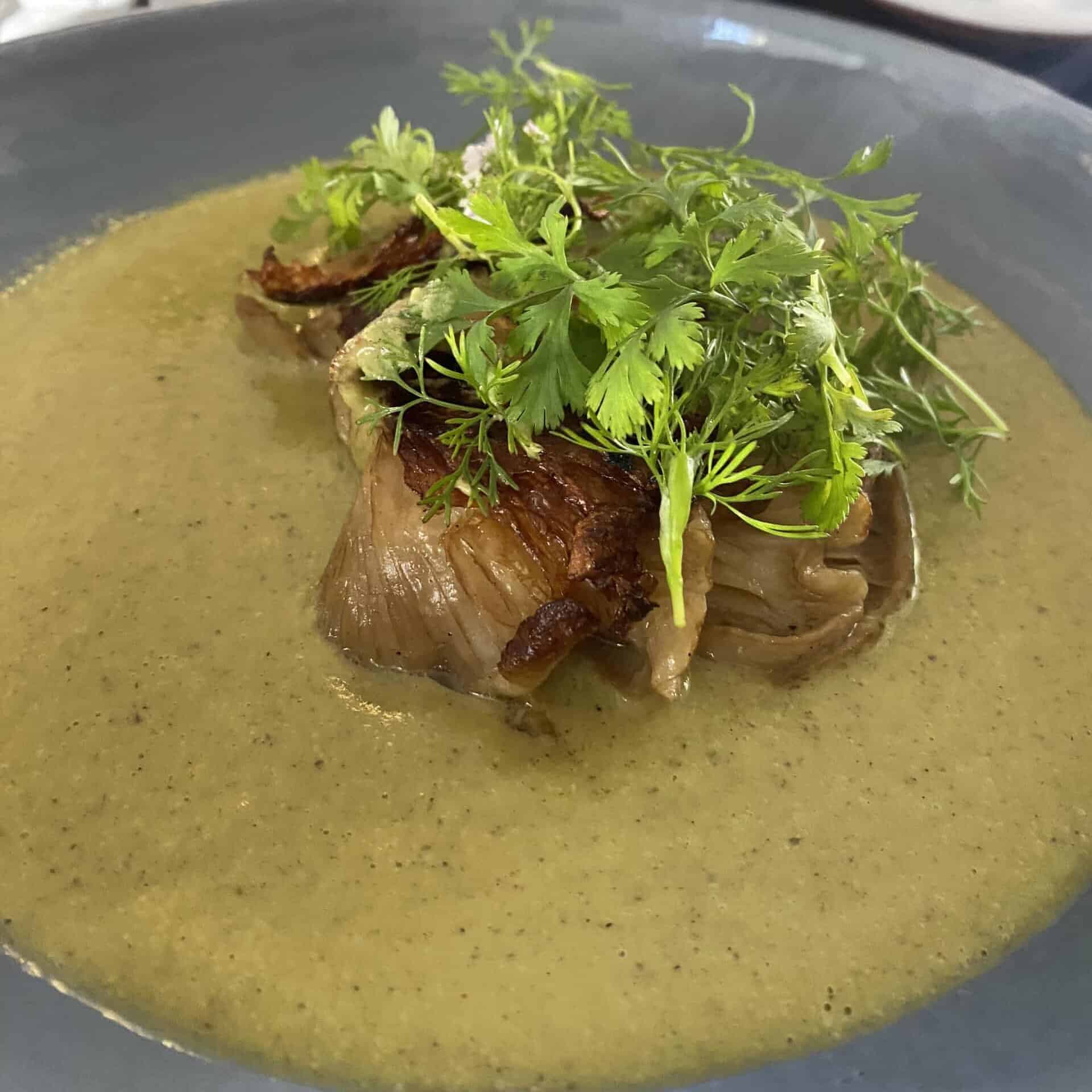
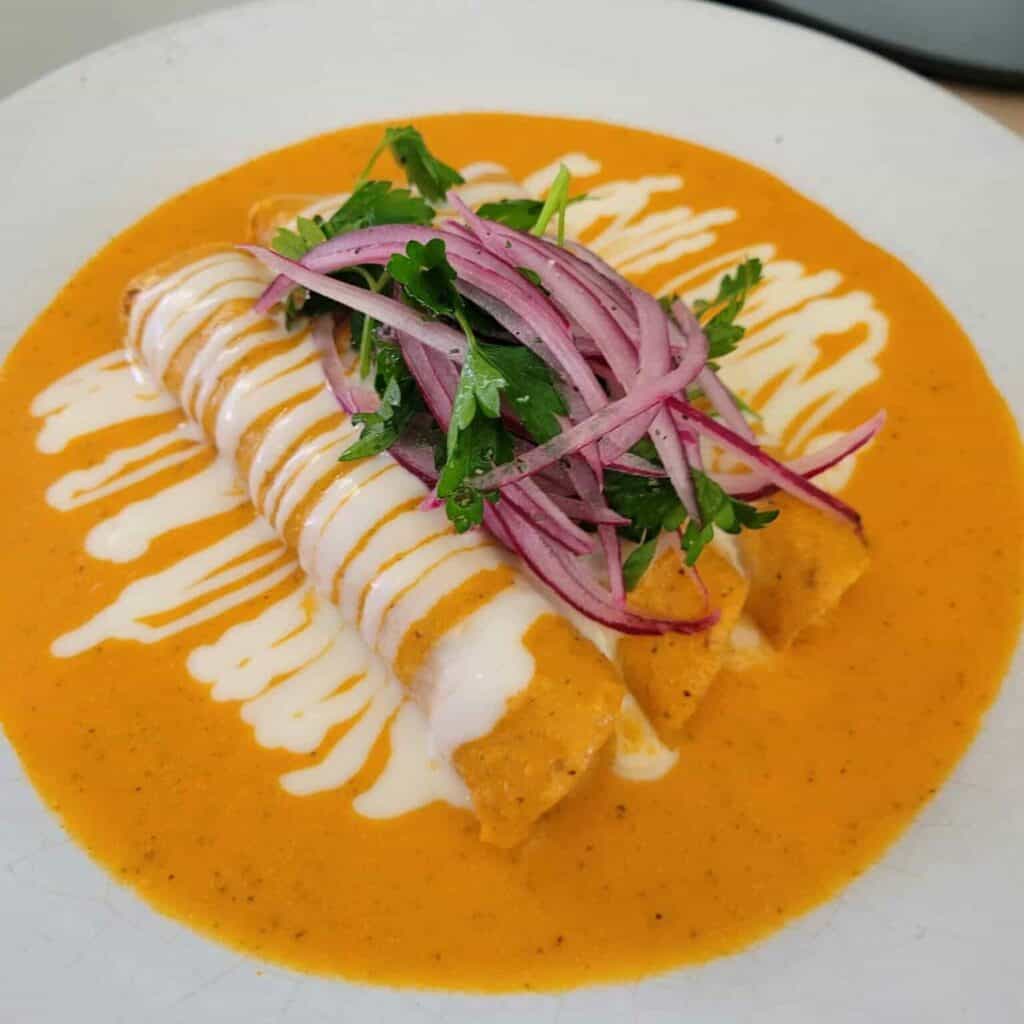
Day 1: Reconnecting
My story begins in Portales, a neighborhood where you get a real glimpse of everyday life in Mexico City, far from the trendy cafes of Roma and Condesa. It’s a place where mornings start early with market vendors setting up their stalls, families grabbing tamales on their way to work, and office workers filling up small fondas for breakfast and lunch. At Tierra Adentro Cocina, Chef Mane Rivera brings flavors from his hometown in Jalisco and from family recipes he collected across the country during his travels
What to order:
- Sweet bread (pan dulce) – Unlike the European-inspired pastries in most cafés, here you’ll find traditional Mexican pan dulce and varieties of bread deeply rooted in the culinary traditions of central and western Mexico. Their baked goods are crafted from family recipes, and they only serve classics like conchas, rol de guayaba, and pan de elote. For me, pan dulce evokes childhood memories—my mother would limit this special treat to weekends, making each bite anxiously awaited.
- Enjitomatadas – At first glance, they might remind you of enchiladas—rolled-up tortillas generously filled with tender shredded chicken. But Mane’s version beautifully illustrates how using high-quality ingredients can elevate a familiar dish into a bold culinary statement, where every component complements and speaks to the other. Each serving comes with three tortillas, smothered in a slow-cooked ripe tomato sauce that’s so velvety and rich you’ll want a spoon to savor every last drop. This dish will make you rethink everything you thought you knew about Mexican comfort food.
Next is Coyoacán, a neighborhood deeply tied to my childhood and adolescence. Growing up, weekends meant wandering around Plaza Hidalgo with my family, and as a teen and university student, discovering affordable spots to eat, relax, and connect with friends. I suggest strolling through Coyoacán’s quiet, shaded streets. Skip the tourist-filled Frida Kahlo Museum and instead visit Museo Anahuacalli, designed by Diego Rivera as a shrine to pre-Hispanic Mexico. Or you could check out the Museo Nacional de Culturas Populares, which beautifully showcases Mexico’s vibrant Indigenous cultures and folk traditions.

Take a coffee break at Café Avellaneda. A favorite among the city’s best baristas, it reflects Coyoacán’s authentic, laid-back culture. For dinner, a comforting bowl of pozole from Pozole San Sebastián is the perfect way to slow down before the night’s last adventure. Whether you go for chicken or pork, this classic Mexican dish—rich broth, hominy, shredded meat, shredded lettuce, lime, sliced radishes, oregano, and tostadas con crema—hits the spot after a long day of walking and exploring. (Not good for vegetarians though!)
After dinner, head to Cineteca Nacional, Mexico City’s legendary film archive and cinema. This is more than just a place to watch movies—it’s a cultural institution. With its open-air spaces, bookshop, and carefully curated programming of Mexican and international films, the Cineteca is an experience in itself. Whether you catch a classic film, an indie production, or just wander around, it’s a perfect way to unwind and soak in the city’s artistic energy.
Visit one of the best mezcal bars in Mexico City
If you need a nightcap, visit Casa Murciélago, a cozy, 10-seat mezcal bar tucked inside Mercado de Coyoacán. With around 200 traditional distillates on its menu, the bar offers tastings and intimate experiences guided by maestro mezcaleros, inviting visitors to dive deep into the artisanal processes behind each unique mezcal. Upstairs, they have additional space available to larger parties by reservation. Be sure to check their socials—they frequently host tastings featuring familias mezcaleras.
Day 2: Nostalgia in the south
The history of Mexico City has always revolved around water. The city was once a thriving civilization built upon an expansive system of lakes and canals, some of which still remain. My childhood and teenage years were spent in the southern neighborhoods near Pedregal and Xochimilco, and revisiting them feels like coming home. Begin your day before dawn watching the sunrise illuminate the canals. Floating aboard a colorful trajinera boat through these important wetlands is like traveling back in time.
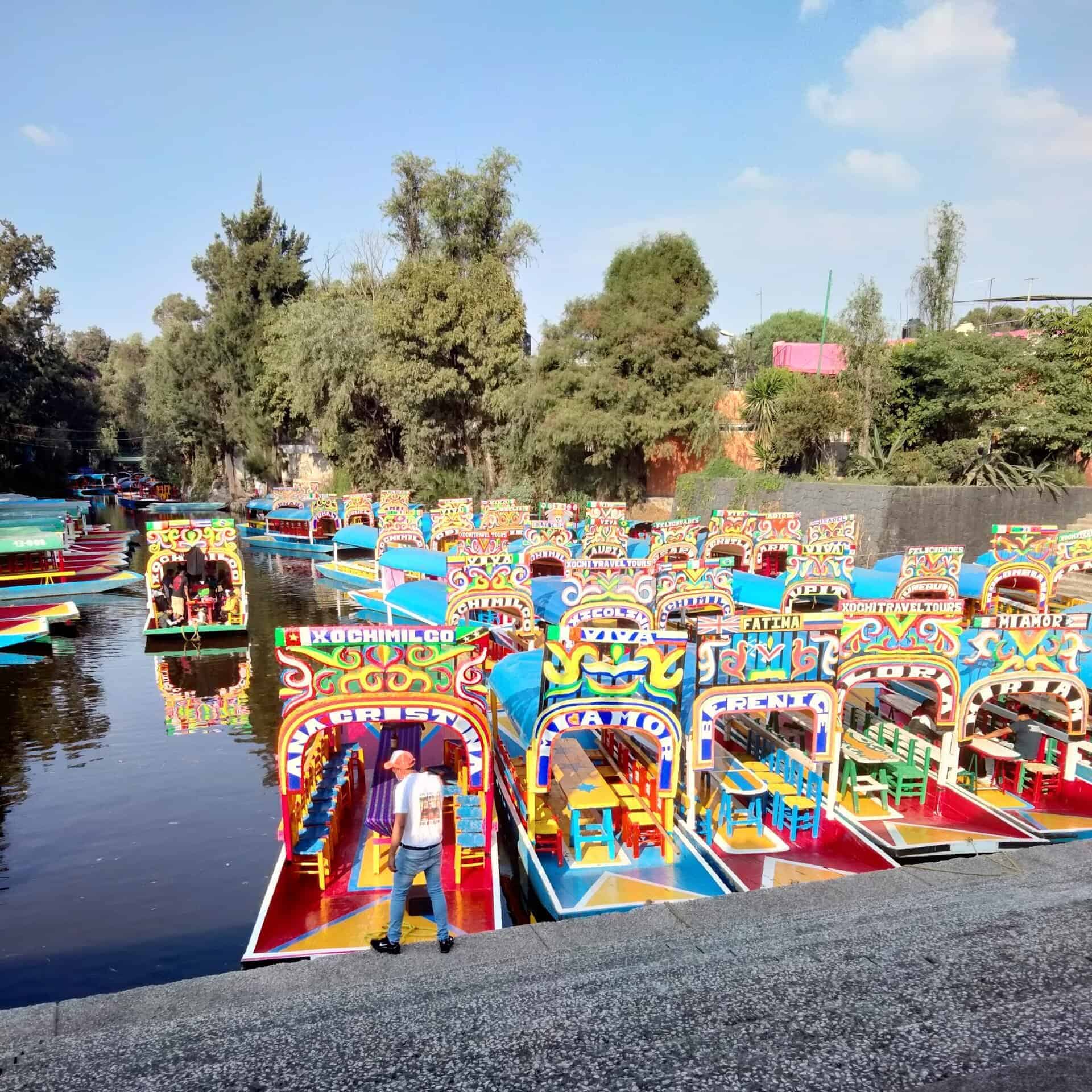
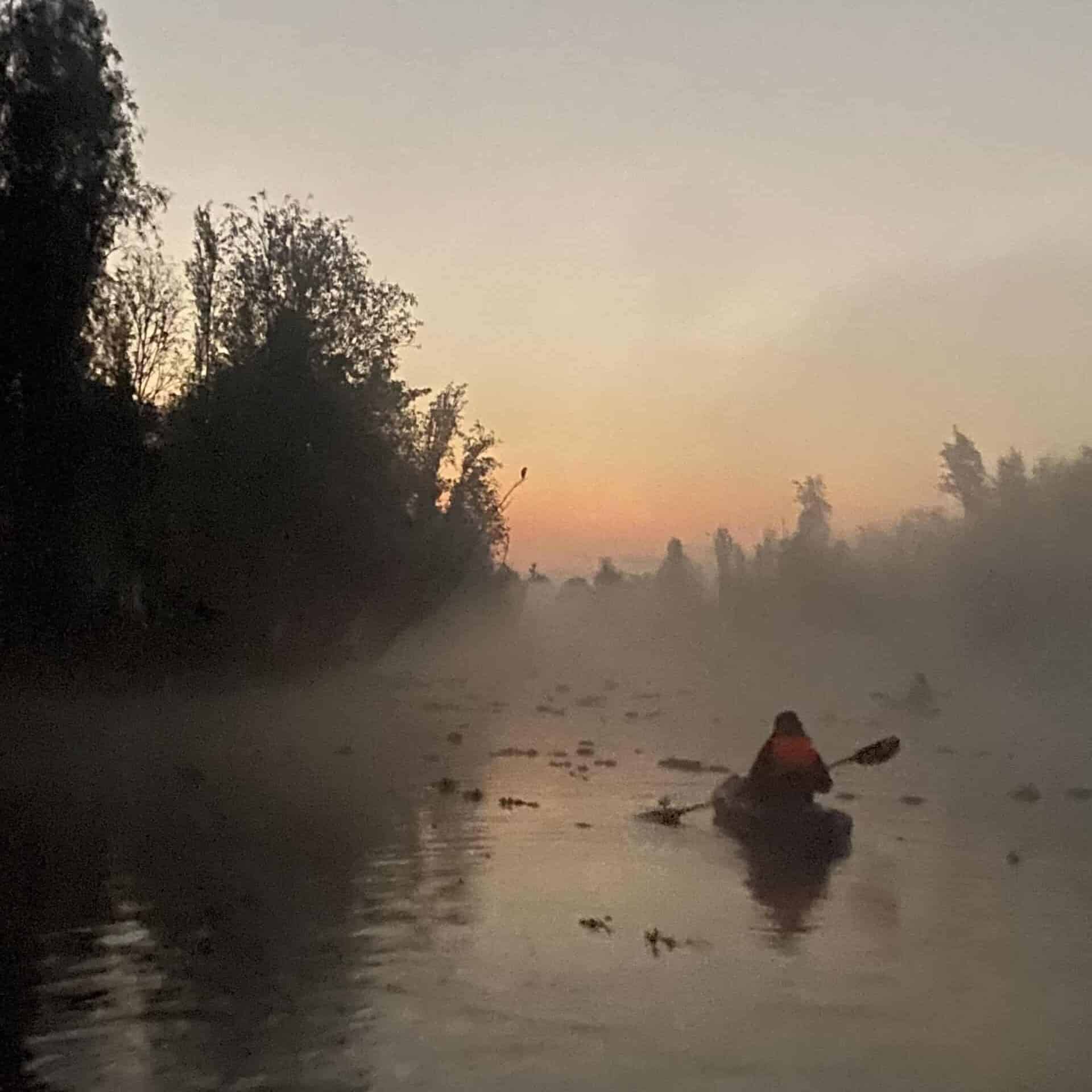
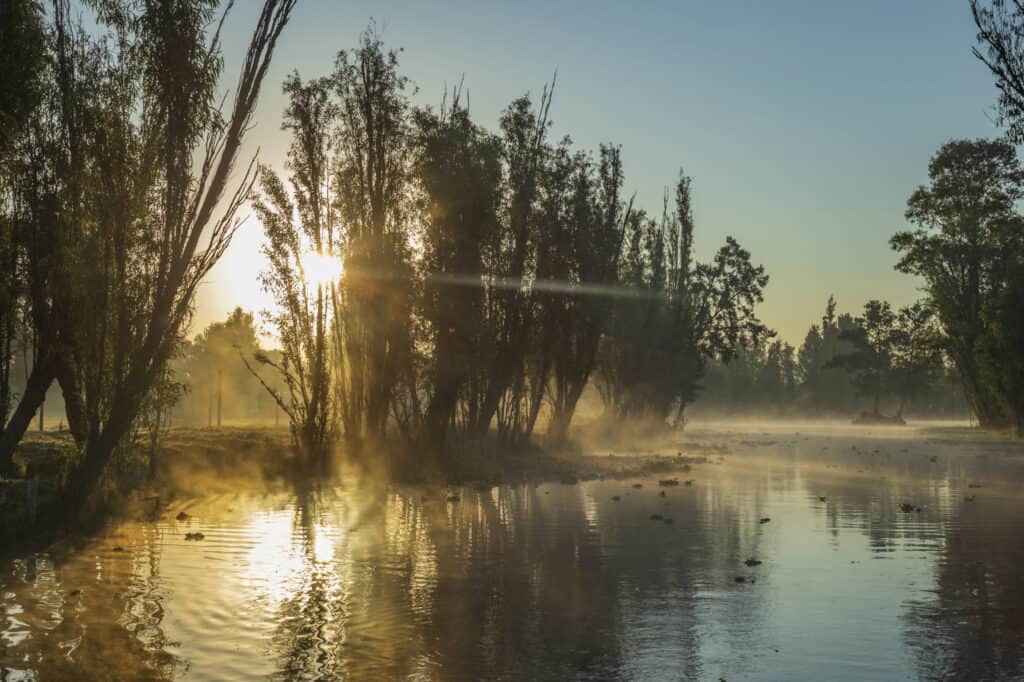
In high school, we’d mark the end of each semester by celebrating here, surrounded by history and water, reconnecting—even without realizing it—to the roots of our city. It wasn’t until I moved back to CDMX that I revisited Xochimilco and its “chinampero system,” or ancestral farming units within the canal system. The very fertile soil allows for multiple harvests of different crops throughout the year.
With its distinct history and identity, this area feels like an oasis inside one of the most densely populated cities in the world. Here you will breathe fresh air and enjoy beautiful scenery that honors the history of Mexico. It’s more than just having a good time, it is a pause in time to reflect on our present and future.
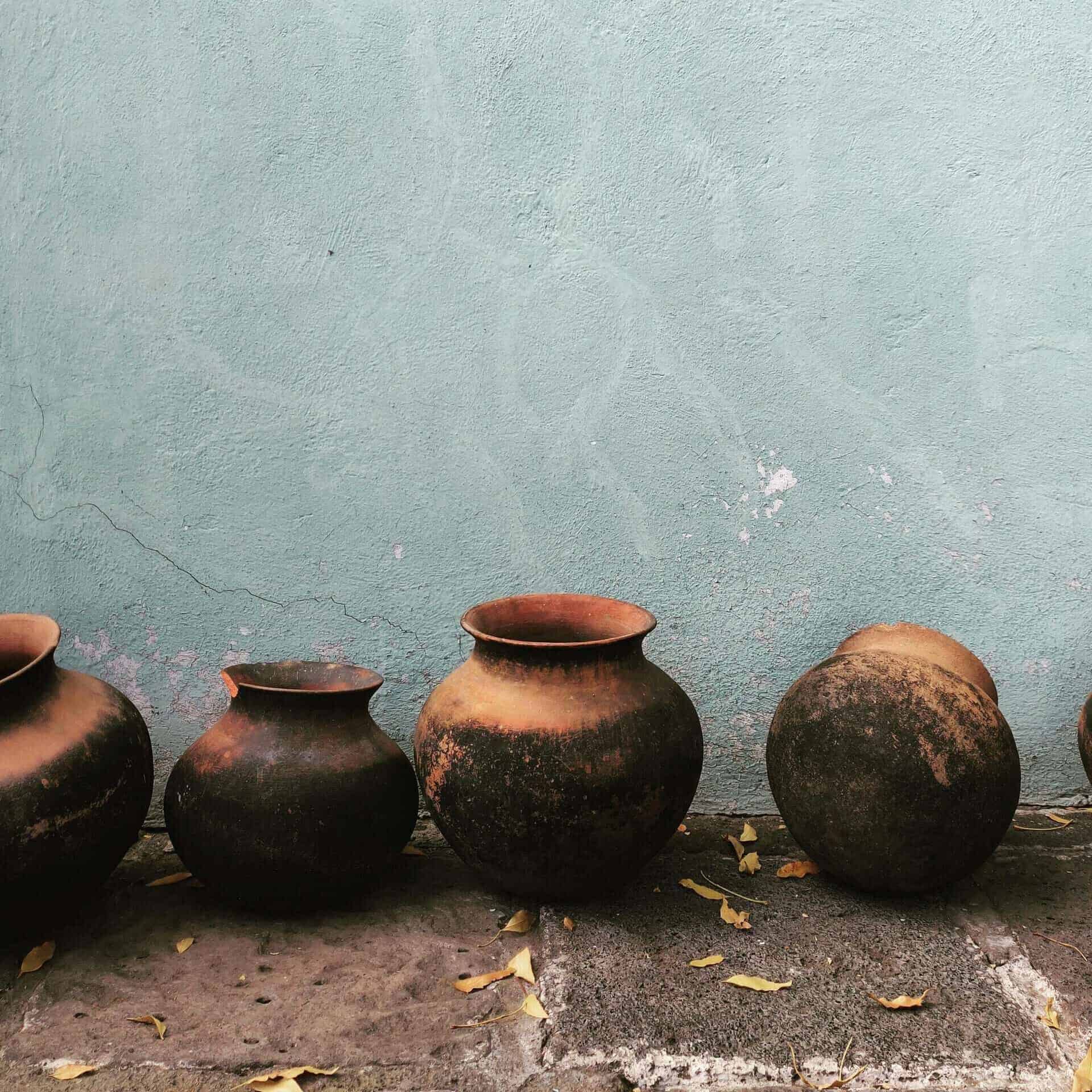
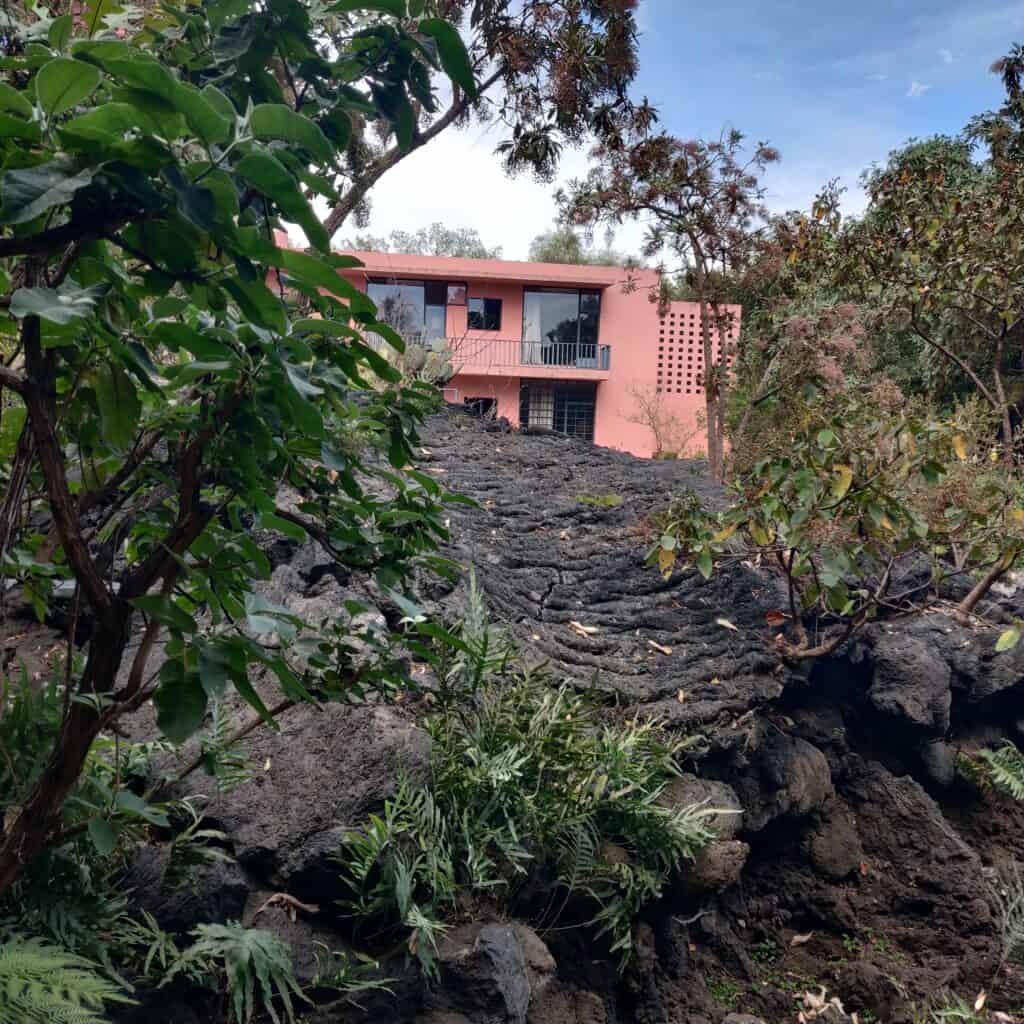
Later, head to Casa Pedregal, where volcanic stones take on architectural beauty and meaning, becoming essential elements of the landscape. Here, renowned Mexican architect Luis Barragán carefully recovered a buried garden, thoughtfully creating a space that respects the site’s natural characteristics. Today, Casa Pedregal stands as an architectural treasure where nature and human creativity beautifully coexist—a vivid reminder of the city’s resilience amid urban expansion.
After your tour, enjoy coffee and pan dulce next door at Tetetlán, a cultural space housed in former stables, where modern design respects the historic volcanic terrain of Pedregal. Unfortunately, this area is not as walkable as La Condesa or La Roma, but it is worth the extra effort. For lunch, you can take a 25 min walk or get an uber to El Remolkito del Sirloin. They don’t take reservations, so be ready to wait in line. Once you get a table, order tacos de trompo de sirloin with habanero salsa. Finally, head to Condesa neighborhood to end the day with natural wine and good conversation at Plonk. This cozy wine bar has a curated selection with options from Mexico and beyond.

Day 3: Embracing the new Mexico City
When I returned to Mexico City after ten years abroad, I found a city transformed—more international, exciting, but also more unequal. Today’s itinerary embraces this modern city filled with contrasts, noticeable in the way historic spaces have been reimagined and how old neighborhoods are being rediscovered.
My parents grew up near downtown CDMX and neighborhoods like Chapultepec. They lived through the city’s rapid modernization and expansion. The neighborhoods of Santa María la Ribera and San Rafael were both founded in the mid-1800s, marking the city’s first movement beyond the historic center. Once home to aristocrats and intellectuals, these areas have gone through waves of decline and renewal, reflecting the constant reinvention of Mexico City.
Before exploring these neighborhoods, start the day in Bosque de Chapultepec, often referred to as Mexico’s Central Park, though its history runs much deeper. The park dates back to the first settlers of the valley, and it’s said that Nezahualcóyotl and Moctezuma oversaw the first major works on Chapultepec, which means Hill of the Grasshopper or Cerro del Chapulín. It was a beloved spot during my childhood, particularly for its zoo, which in 2023 celebrated its 100th anniversary and has undergone numerous renovations. Though zoos no longer hold the same appeal for me, Chapultepec remains an ideal, accessible place to celebrate special occasions with friends or family, perfect for setting up a picnic or simply relaxing. It’s also become a favored training ground for marathon runners.
Begin at Jugos Paco, a family owned business where you’ll see firsthand how popular food stalls share space with high-end restaurants—another reflection of the city’s layered contrasts. If the pollution has taken a toll on your system, try the Antigripal: a Vitamin C bomb. If you like sweet and spicy, consider an order of sliced mango with chile powder and lime juice.
Next walk over to Lago/Algo, a recently refurbished contemporary art space and café overlooking the park. This project represents CDMX’s evolving cultural landscape, blending public space, art, and gastronomy. Grab a pastry or two from Odette, a standout bakery born during the pandemic. (My go-to is the almond croissant.) And be sure to check out any of the temporary exhibitions showcasing Mexico’s contemporary art scene.
From there, take an Uber to explore Santa María la Ribera and San Rafael, neighborhoods that capture the ongoing dialogue between the old and the new in Mexico City—where faded elegance meets modern reinvention.
The Santa María la Ribera neighborhood: art & architecture
Once a 19th-century aristocratic retreat, Santa María la Ribera has transformed into a cultural hotspot, where historic mansions stand alongside modern creative spaces. The heart of the neighborhood is Kiosco Morisco, a stunning Moorish-style pavilion that has become a symbol of the area.
For a dose of contemporary art, stop by Caleta, a creative hub that redefines the traditional gallery concept. Set within a compact yet thoughtfully designed space, Caleta houses eight studios, an intimate exhibition gallery, and a spacious rooftop terrace. Here, nature, architecture, and art seamlessly merge. This spot is best visited on a weekday when you can take your time exploring. (Just give them a call to confirm their operating hours.)
San Rafael: gorditas & more art
San Rafael, once home to theater actors, intellectuals, and artists, still carries a quiet elegance and is seeing a revival of restaurants, galleries, and creative spaces.
For lunch, La Tonina is a must. This is one of the best places in the city for northern Mexican food, especially their gorditas—thick, handmade, and packed with flavor. It’s an unpretentious spot with a strong local following.
For another art stop, visit Casa Wabi, a minimalist gallery that showcases some of the best contemporary Mexican artists.
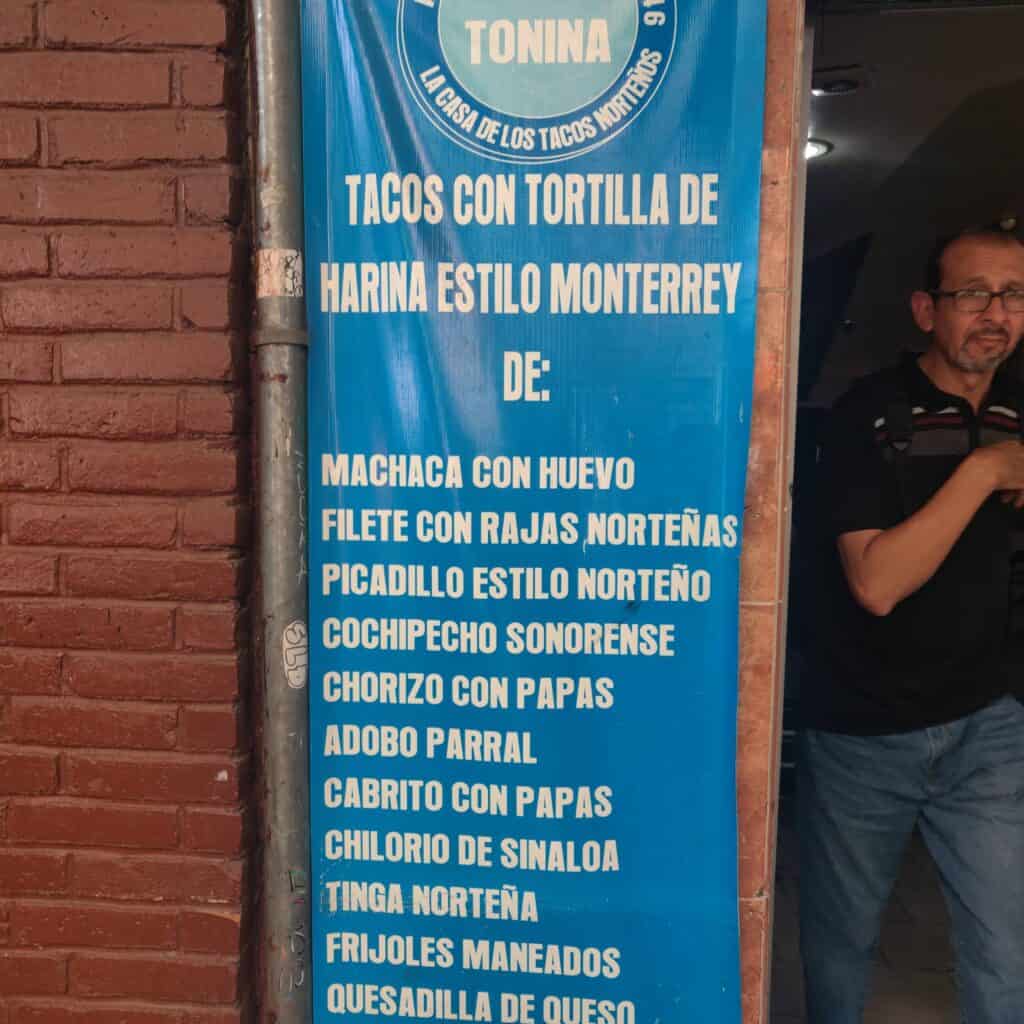
End the day with tacos
By the evening, it’s time for tacos. Not exactly in the same area, but absolutely worth the visit.
In recent years, northern Mexican-style taco spots have become increasingly popular all over Mexico City. Inspired by the traditions of Monterrey—a city known for its laid-back weekend cookouts (carnita asada), where friends and family gather to grill meat, drink beer, and spend time together—these restaurants bring a taste of northern Mexico’s grilling culture to the capital. One of the places that truly impressed me was Tacos Los Alexis. It’s known for its carne asada tacos, but the real standout is the Costra especial—a layer of grilled cheese and beans wrapped around the meat, topped with a smoky and slightly sweet red salsa. Unlike some of the gentrified taco spots in the city, this place keeps it real. The tortillas, meat, and salsas are all top quality, with bold flavors that don’t feel overdone or forced.
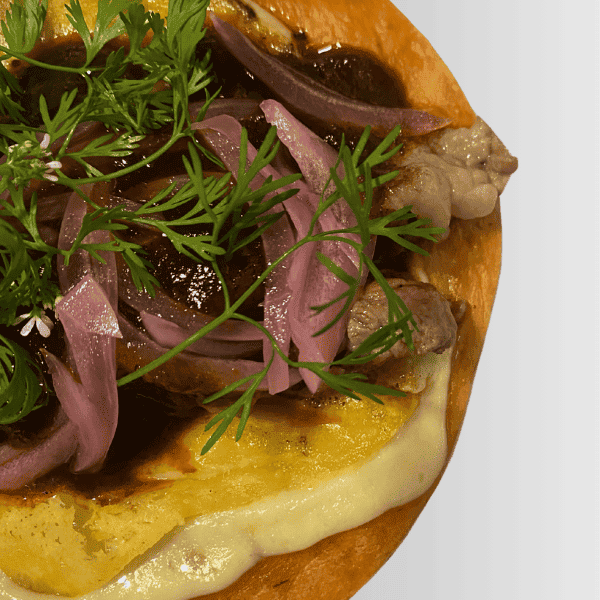
They also have a location in La Roma, but I found the one in La Juárez less busy on weekdays.
Tacos Alexis is the latest taquería I have visited, and it was the perfect way to wrap up my suggestion of living 72 hours in CDMX—a city that constantly reinvents itself, while always staying true to its roots.
Bonus options
In case you are interested in adding more mezcal spots to this tour, check the Mezcalistas list of best mezcal bars in CDMX.
Supporting Local Hospitality
I encourage staying at independent boutique hotels like Casa Ignacia or Octavia Casa in Condesa. Supporting these local establishments means investing directly in Mexico City’s community and economy. (However, do not assume that everyone speaks English–although most people will make an effort to do so in order to assist you.)
Mexico City is complex, beautiful, and constantly evolving. It’s the city of my past, my present, and I hope a part of your future memories too.
What are your must-visit places in CDMX? Help other fellow travelers and share with us your stories in the comment section below.
*As José Iturriaga writes, tamales and corn-based beverages form an “inseparable pair” with a kinship that long predates the arrival of the Spanish. For an insightful exploration of these staples and their evolution, I recommend reading articles by José Iturriaga and fellow anthropologist Alberto Peralta.
Addresses:
📍 Address for Tierra Adentro Cocina: Calle Santa Cruz 84, Col. Portales Sur
🕒 Tue-Sun: 9:00 AM – 5:00 PM
☕ Avellaneda Address
📍 Caballo Calco 14, La Concepción, Coyoacán
🕒 Mon-Sun: 8:00 AM – 7:00 PM
🏛 Museo Nacional de Culturas Populares Address
📍 Av. Miguel Hidalgo 289, Del Carmen, Coyoacán
🕒 Tue-Sun: 11:00 AM – 6:00 PM
🏺 Museo Anahuacalli Address
📍 Calle Museo 150, San Pablo Tepetlapa, Coyoacán
🕒 Tue-Sun: 11:00 AM – 5:30 PM
🍸 Mezcalería Murciélago Address
📍 Malintzin 183, Del Carmen, Coyoacán
🕒 Tue-Sun: 5:00 PM – 1:00 AM
📍 Address of Pozolería San Sebastián: Real Mayorazgo 84, behind Cineteca Nacional
🕒 Open Tuesday to Saturday, 11:00 AM – 8:00 PM
📍 Arca Tierra or Hecho en Xochimilco
🕒 Early morning (5:30 AM – 8:00 AM for the best experience)
📍 Address of Casa Pedregal and Tetetlán: Av. de las Fuentes 180, Jardines del Pedregal
🕒 Casa Pedregal: Must book in advance | Tetetlán: 8:00 AM – 10:00 PM
📍 Address for El Remolkito del Sirloin: Av. Paseo del Pedregal 495, Jardines del Pedregal
🕒 Mon-Sat: 1:00 PM – 11:00 PM | Sun: 2:00 PM – 9:00 PM
Address for🍷 Plonk
📍 Aguascalientes 232, Hipódromo, CDMX
🕒 Tue-Sun: 5:00 PM – 1:00 AM
📍 Address for Kiosko Morisco: Dr. Atl 62, Santa María la Ribera, Cuauhtémoc, 06400 Mexico City, CDMX
📍 Address of Casa Wabi: Carretera Federal 200 Km. 63, Puerto Escondido, Oaxaca (main headquarters)
📍 Address for Tacos Los Alexis: Calle de Chiapas 46, Roma Norte, Cuauhtémoc, 06700 Mexico City, CDMX
⏰ Mon–Sun: 4:00 PM – 4:00 AM
🏨 Address of Casa Ignacia:
📍 Jalapa 208-B, Roma Norte
🕒 Check-in: 3:00 PM | Check-out: 12:00 PM
🏨 Address of The Red Tree House:
📍 Culiacán 6, Condesa
🕒 Check-in: 3:00 PM | Check-out: 12:00 PM
🏨 Address of Octavia Casa:
📍 Av. Amatlán 126, Condesa
🕒 Check-in: 3:00 PM | Check-out: 12:00 PM
🏨 Address of Casa Pancha:
📍 Mazatlán 190, Condesa
🕒 Check-in: 3:00 PM | Check-out: 11:00 AM
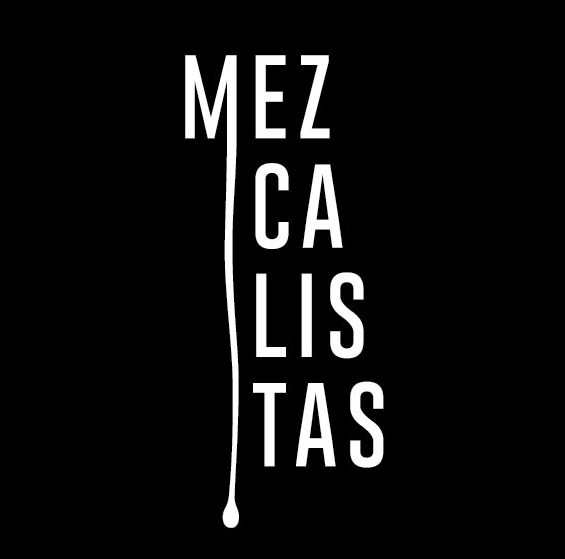

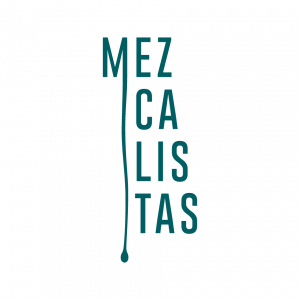
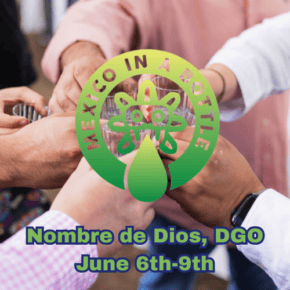

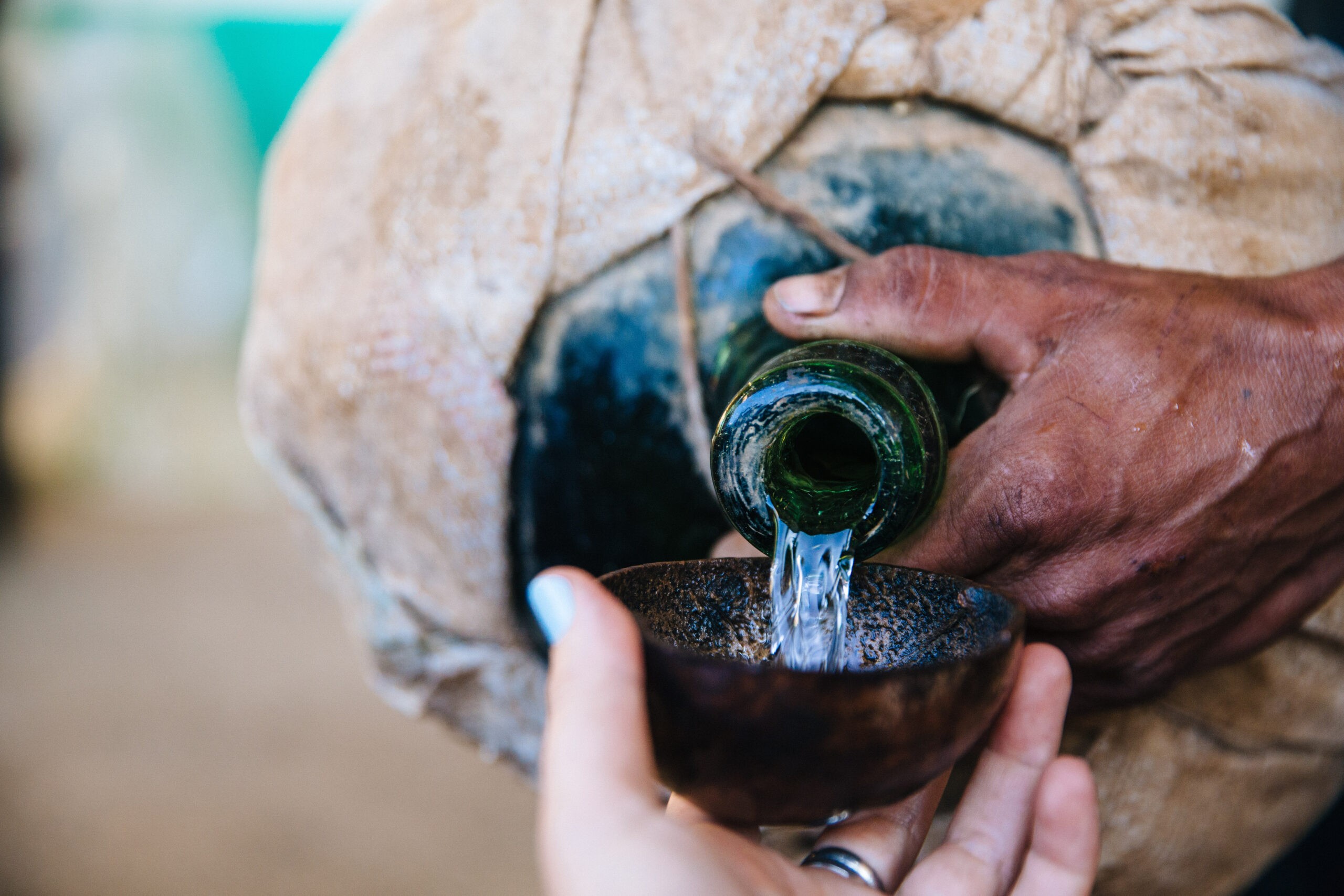
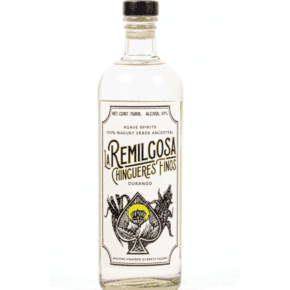


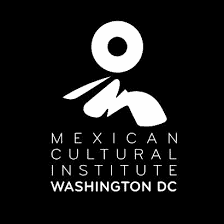

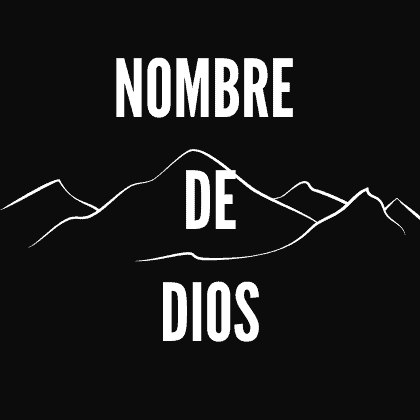



Leave a Comment